The Week in Space and Physics: Hunting The Primordial Black Holes
On traces of the first black holes, Dream Chaser, how the Moon rusted, and the launch of IMAP
Nothing is forever, not even a black hole. According to theories sketched out by the late physicist Stephen Hawking, black holes slowly evaporate and then, as their mass shrinks to zero, explode in a burst of energy. This takes a long, long time – indeed, the last sparks of life in our universe may one day come from black holes flaring out in an otherwise desolate and silent cosmos.
Yet small black holes, if they exist, might already be exploding all around us. Their death still takes a long time, but theory suggests a black hole with the mass of a small asteroid would survive no more than a few billion years. This means that any such sized black holes born shortly after the Big Bang should now be dying.
The question, however, is whether any small black holes like this really exist. Most form only when giant stars collapse, and that means black holes tend to be big objects at least a few times more massive than the Sun. To get one the size of an asteroid seems counter-intuitive – nothing that small could implode to form a black hole under any normal scenario.
But some physicists speculate that in the aftermath of the Big Bang, hordes of small black holes really did form. Conditions then were extreme. As the cosmos began to expand rapidly, the reasoning goes, the chaos could have created situations in which pockets of spacetime collapsed into tiny primordial black holes.
The smallest of these – those with the mass of a molecule, say, or a car, would have evaporated long ago. But those larger – the size of an asteroid, a planet, or even a small star – would still be here. They would be small, hard to detect, and potentially numerous. Indeed, primordial black holes often sound suspiciously like dark matter – which is thought to be some kind of invisible, massive, and widespread particle or object.
If they do exist, though, we should expect to see some sign of them. One possibility is a direct detection. Indeed, some recent observations by the James Webb telescope might be interpreted as evidence of them – although, it should be said, this conclusion is still very preliminary.
But if we don’t manage to spot one directly, we might see traces of them exploding. A plausible way to do this is through the detection of high energy neutrinos. Indeed, one of these recently shot through the Mediterranean Sea, coming from some unknown source beyond the solar system. A new study argues it could have come from a dying primordial black hole – but, then to be fair, it could also have come from a number of other astrophysical events.
A final option is to look for gravitational waves. Black holes create these as they move, or as they spiral inwards towards a collision. Clever analysis of them can reveal the mass of the black holes involved – and should we find one smaller than our models say can have formed from a dying star, it would be a strong hint that primordial black holes really are out there, and they really are dying around us.
Still Chasing Dreams
For the past two decades, a group in America has been building a spaceplane. It is named Dream Chaser, and in both form and concept it looks something like a miniature Space Shuttle. That is, the craft will reach space on the back of a rocket, and then, after completing its mission, fly back down through the atmosphere and land on a runway, just as a plane might.
In theory, this kind of design is useful. Capsules like SpaceX’s Dragon or Boeing’s Starliner have little flexibility in where they land. For them, descent is violent and rapid, and brought to a halt only through parachutes in the final moments before impact. Space planes, by contrast, can descend in a slower and more controlled way, and can touch down at a wide range of airports.
In the early 2010s, Dream Chaser’s development was funded by NASA grants. At the time, NASA was hoping to find commercial alternatives to the then retiring Space Shuttle. Dream Chaser was one option they pursued, along with Dragon and Starliner. If this had worked out, Dream Chaser might by now have carried astronauts to the International Space Station – but it didn’t, and instead NASA later offered the project funding as a cargo-only vehicle.
Since then, Sierra Nevada, the company now building the vehicle, has made steady progress. Dream Chaser is now close to launch, they say, though the timing of its first flight remains uncertain. One delay seems to be in NASA certification of the vehicle – the agency will only allow approved spacecraft to approach the space station, and Dream Chaser, for reasons not public, hasn’t yet been given that approval.
Last week, however, NASA announced that Dream Chaser will not fly to the station on its first mission. Instead the plane will demonstrate its capabilities by orbiting the Earth a few times before flying back through the atmosphere. If things go well, that might help clear it for future cargo missions to the space station, though NASA has also dropped its commitment to pay for any such mission.
When this first launch will take place remains unclear. Sierra Nevada says nothing will happen until the end of next year. That, given how often new spacecraft struggle to get off the ground, is not an encouraging sign.
Our Rusty Moon
A few years ago, an Indian probe found iron oxides on the Moon. On our wet planet, such minerals are common – iron, after all, will quickly rust and form iron oxides in the presence of air and water. Yet the Moon is dry and airless, and so any iron that happens to be there would seem unlikely to rust.
There is, however, a light wind of particles blowing over the Moon. Most of the time this comes from the Sun, and so is rich in hydrogen and helium. That can’t explain the rust, but it has still left a mark – the lunar surface is rich in helium-3, an isotope that could one day power fusion reactors here on Earth.
But for a few days each month a different wind blows, coming not from the Sun, but from the Earth. This happens whenever the Moon moves through the Earth’s shadow, as it does around the time of the full moon. This wind, since it comes from our atmosphere and magnetosphere, is rich in both oxygen and hydrogen.
This “Earth wind”, a new study concluded, can explain where the iron oxides have come from. As oxygen atoms from the wind fall upon the lunar surface, they react with iron to form a thin layer of oxides. This, the authors of the study reckon, could have been going on for a long time, and shows an unexpected influence of the Earth upon its only satellite.
Watching the Sun
On Wednesday last week NASA launched IMAP, a probe designed to study the vast magnetic bubble around the Sun. This bubble has been carved out by the Sun’s magnetic field, and stretches far beyond the orbit of Pluto. Within it, the solar wind streams outwards, and at its edge this wind crashes into the particles coming from interstellar space.
IMAP’s instruments are designed to look at the edges of this bubble, and to examine the processes that play out as the solar wind meets interstellar space. But since getting to that edge takes an awfully long time – half a century at best – the probe will instead examine it from a distance.
Its instruments will thus look for “energetic neutral atoms”, or particles created as the solar wind comes to a sudden halt. By mapping them, IMAP should be able to trace the edges of the bubble and see how it behaves. Alongside that, IMAP will also monitor the Sun itself, and aid forecasts of incoming solar flares and storms.
Read More
Was There Life on Mars?
A year ago, the Perseverance Rover discovered a rock on the surface of Mars. That happens a lot, of course, but this rock was special. For one thing, it lay amidst a region we think was once a riverbed and through which water slowly moved. The rock showed clear signs of this – it was streaked with a substance called calcium sulphate, a mineral often deposited by slow-moving river water.
The Mysterious Origins of the Third Interstellar Comet
Three weeks ago, a robotic telescope in Chile spotted a comet moving …
How to Learn Physics for Free
For those that are new to this site, welcome! The Quantum Cat is an independent site covering developments in space and physics. If you are interested, you can find our most popular articles here. Yo…


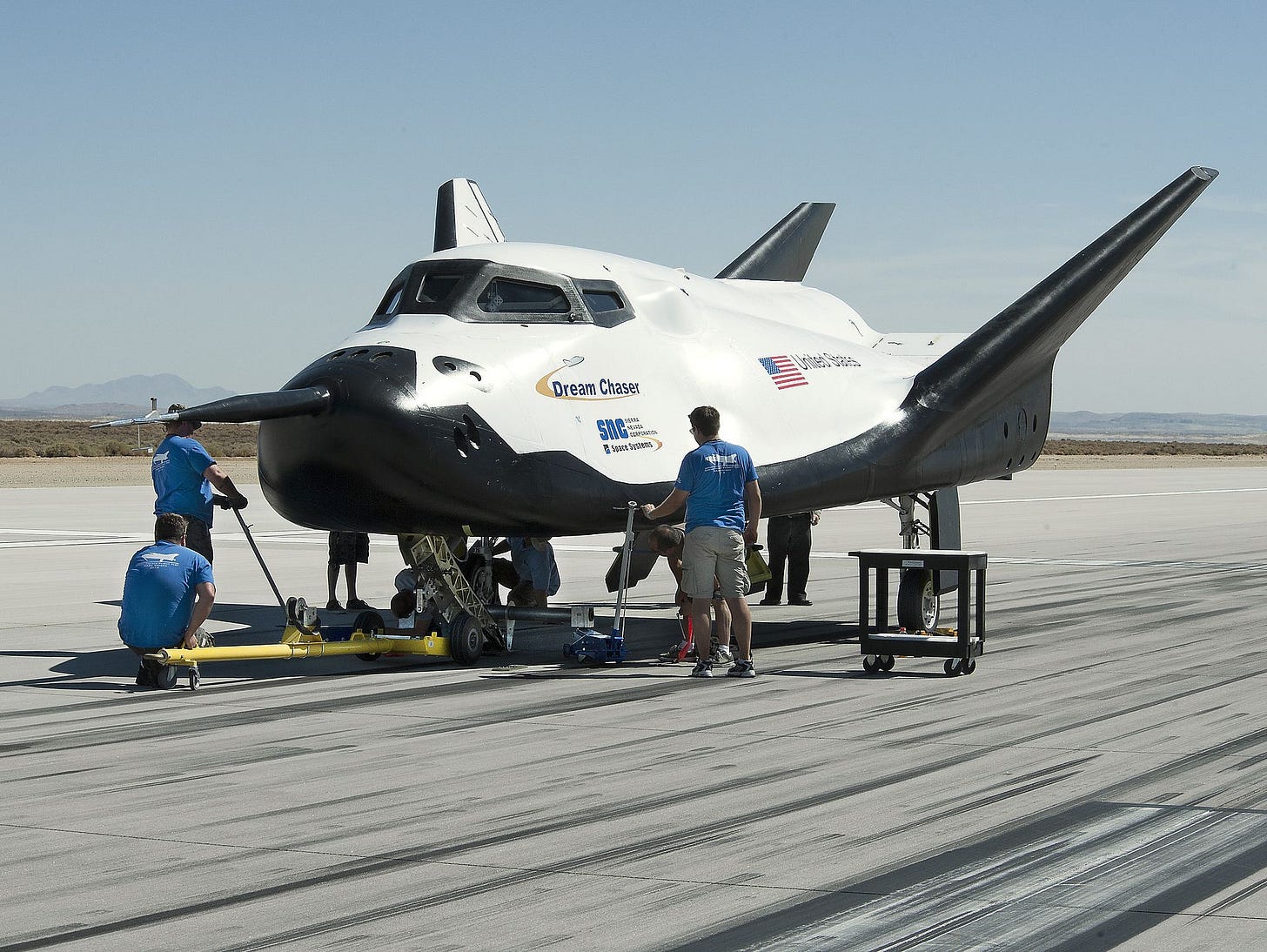
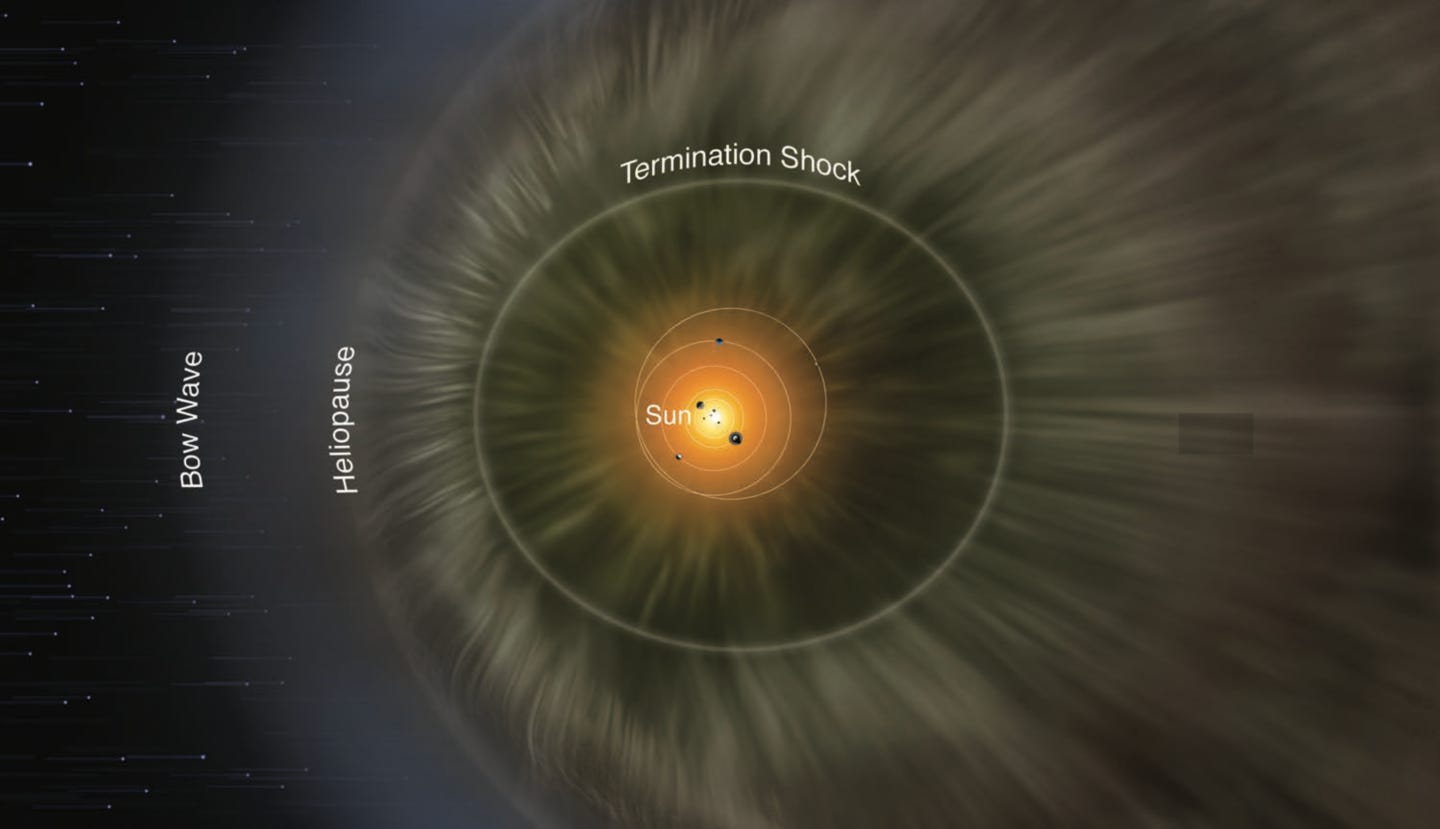
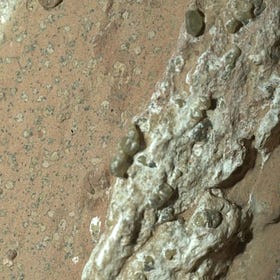
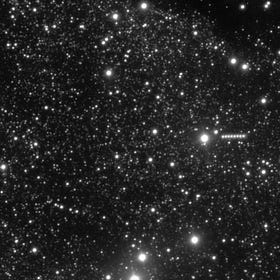
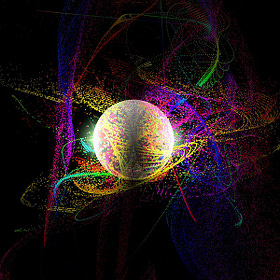
I was wondering. Aren't there theories that hypothesise about the moon being a fraction of the earth ejected by some process? I have really no idea ^^ just wondering. Super interesting post!
Long after the visible light from Star's has all gone supernovae there are still the Stars in the IR spectrum but they are no good to us.
And there are Black Holes that are far too big to have gotten that size in the amounts of time they've been around, so it's got to be in my opinion they are eating stuff from a seperate universe as nobody knows what is through the Event Horizon